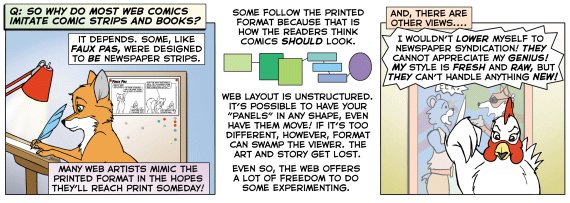
8 Some argue that this access is counterproductive and, in fact, not in the best interests of individual clients. One example is the rise of companies like Nolo and LegalZoom, 7 which are designed to help users generate legal documents without the need, or the cost, of an actual lawyer. Technology, and the internet, has played a role in reversing that discrepancy. In a nation with more than 330 million people, there are only 1.3 million lawyers, 6The Unmet Need for Legal Aid, LSC Am.’s Partner for Equal Just. Section 1 – Benefit to Clients – Access to Legal Services 5 However, as with all other forms of technology, AI is a tool, so lawyers who adopt and perfect its early usage will surely find themselves ahead of the curve on what is likely to become the new norm for the legal industry. Certainly, there is a need for government intervention, to provide a democratically selected framework for AI. 4Īs the use of AI in legal settings raises significant ethical, legal, and technical concerns, it is imperative to provide a comprehensive account of the potential issues in order to effectively address them. 3 Moreover, one of ChatGPT’s latest iterations claims the ability to pass the Uniform Bar Exam (“UBE”), achieving a score in the 90th percentile of human test-takers. 2 Most recently, news of the first robot scheduled to appear in court received so much backlash, that its creator postponed the appearance due to fear of criminal prosecution.


However, AI technology presents different consequences and concerns due to its rapid development and a disconcerting fear of what it could ultimately mean for lawyers around the world. Since the late twentieth century, this old-fashioned practice has become modernized, beginning with the transition from typewriters to computers, the introduction of online legal research databases, and recently with the use of online court hearings during the COVID-19 pandemic 1 Today, the legal profession is in the midst of its most recent technological booster, as artificial intelligence (“AI”) has become mainstream and begins its inevitable assimilation with the industry. A few decades ago, legal practitioners spent countless hours amidst towering piles of physical text, carefully drafting handwritten briefs for their clients.


 0 kommentar(er)
0 kommentar(er)
